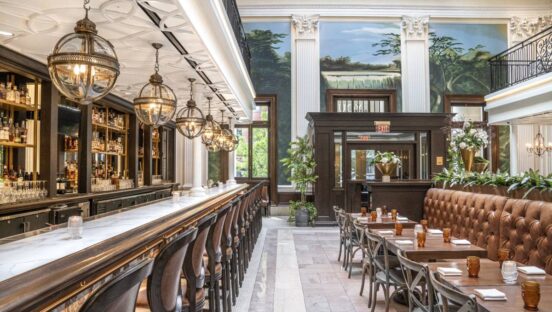
iStock
Dress Your Table for the Modern Customer
Feature

iStock
Share:
How to find the best style for your audience that shows off your body of work: the food.
Subscribe to FS Insider
Get daily updates on quick-serve industry news, tips, and events.
"*" indicates required fields












